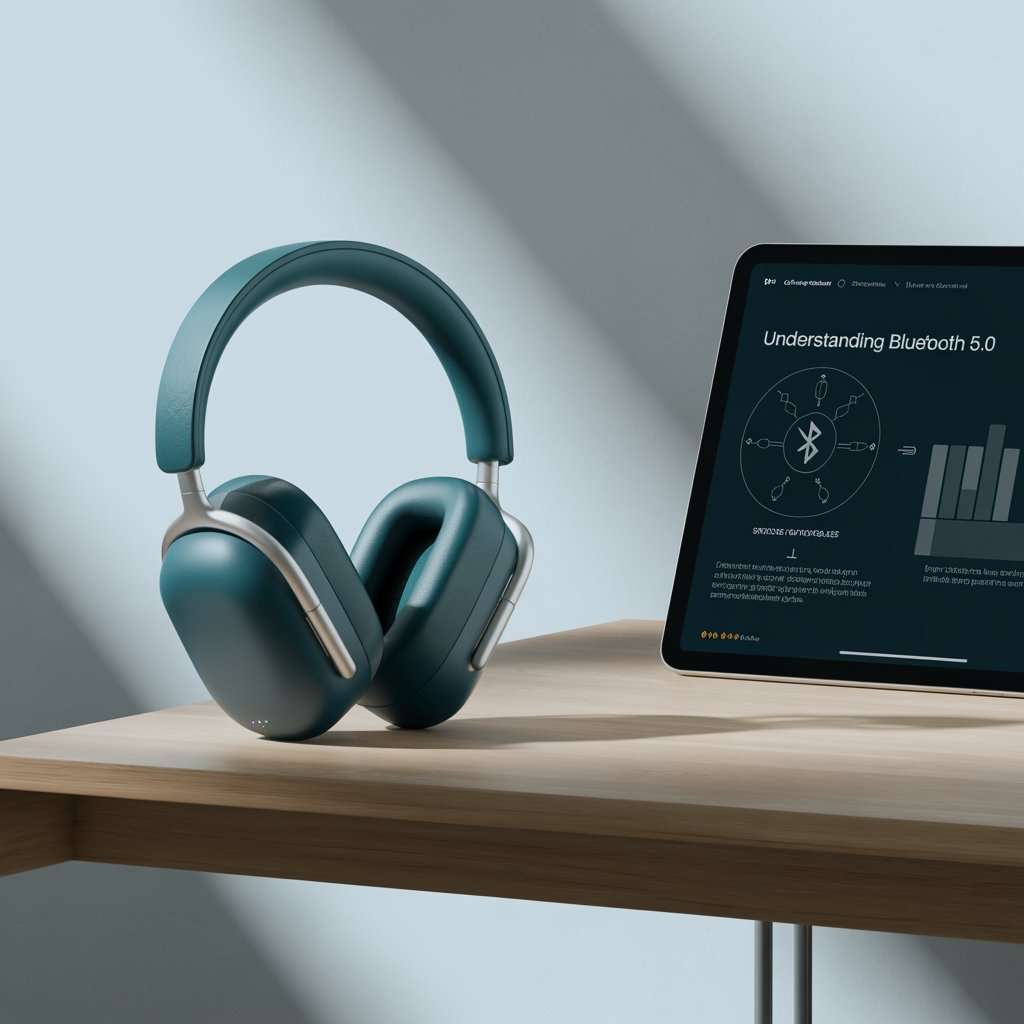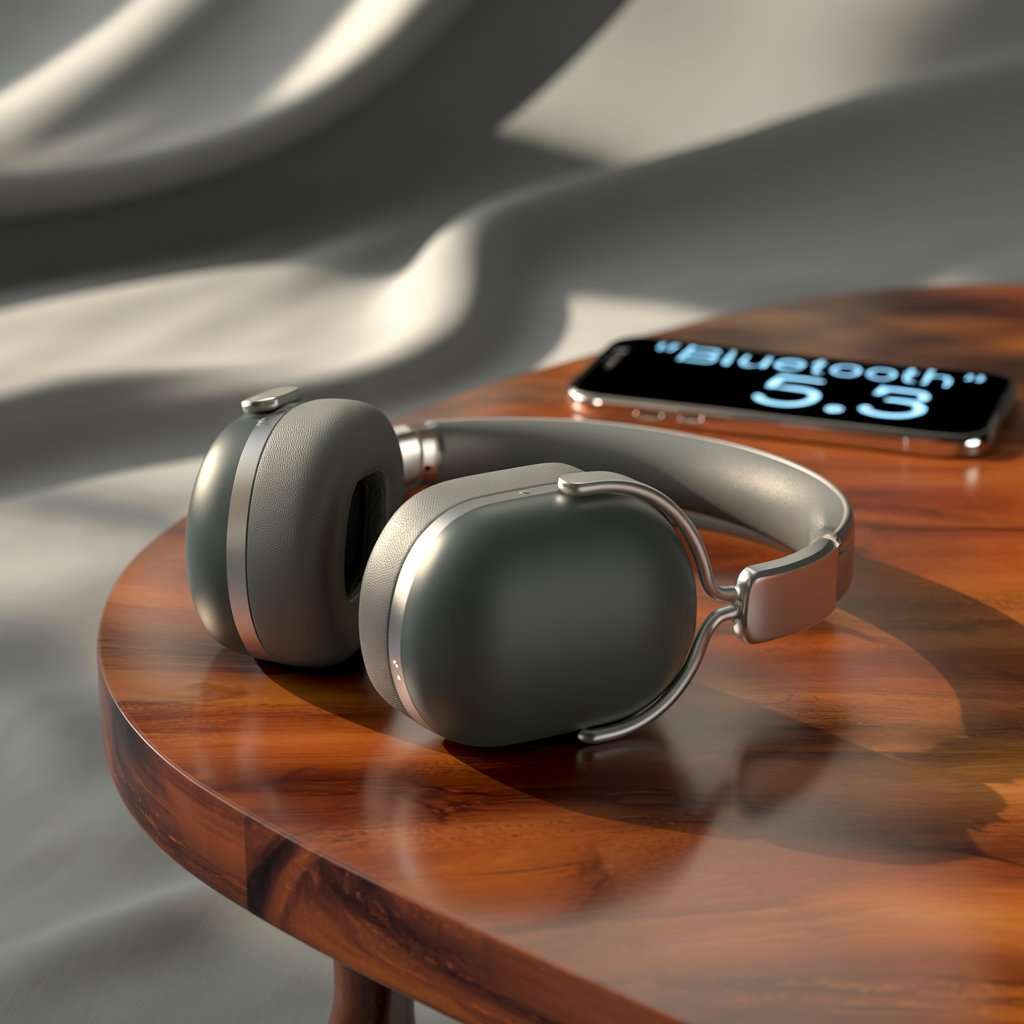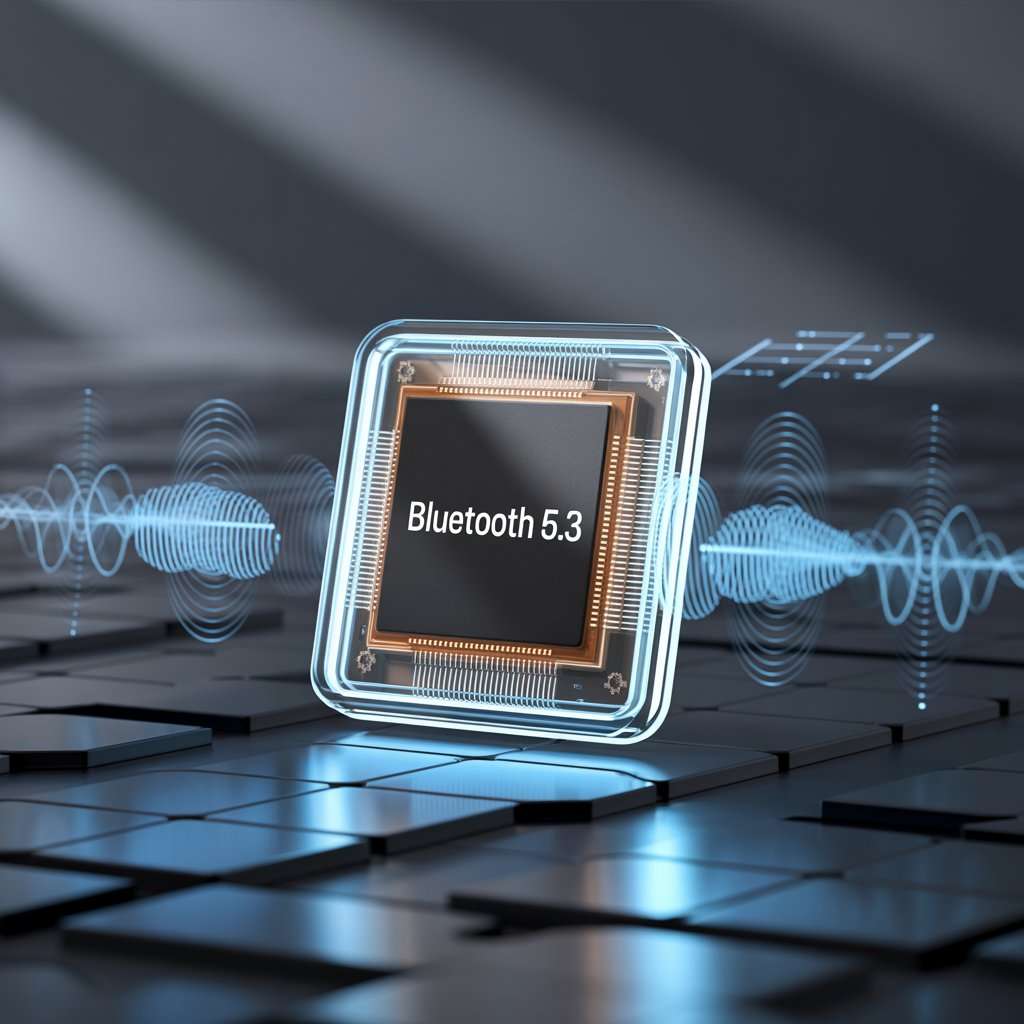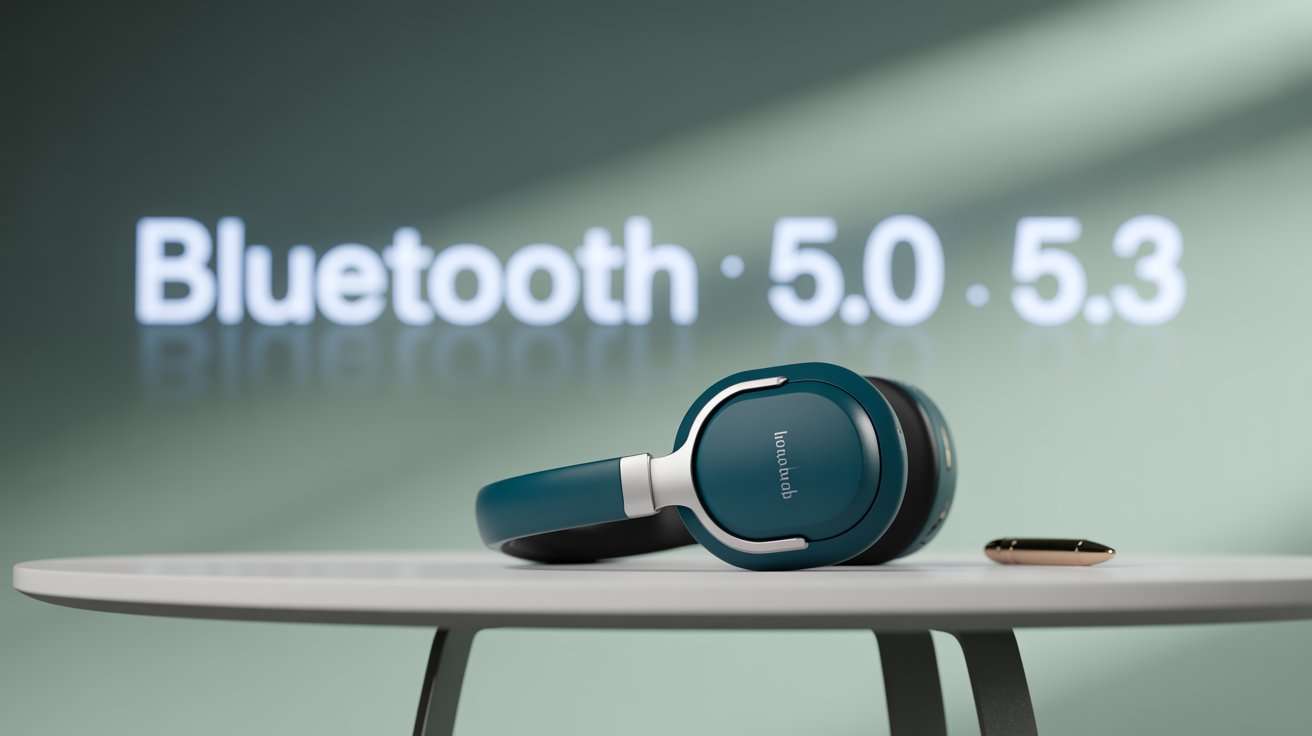When choosing Bluetooth headphones, understanding the differences between Bluetooth versions can greatly influence your listening experience and device satisfaction.
Two commonly compared versions today are Bluetooth 5.0 and Bluetooth 5.3, each with unique advancements impacting range, audio quality, power efficiency, and connectivity.
Here’s a detailed exploration of the differences between Bluetooth 5.0 and 5.3 in headphones, along with related insights to help you make an informed choice.
Understanding Bluetooth 5.0 in Headphones

Bluetooth 5.0, introduced in 2016, marked a significant leap over its predecessor Bluetooth 4.2 with enhanced speed, range, and power efficiency tailored to support the growing demand for wireless audio devices.
- Increased Data Transfer Speed: Bluetooth 5.0 supports data rates up to 2 Mbps, double the speed of Bluetooth 4.2. This boost means faster transmission and improved audio streaming quality, reducing interruptions and buffering.
- Extended Range: One of Bluetooth 5.0’s standout features is its extended operational range. It can reach up to 240 meters (around 800 feet) under ideal conditions, quadrupling the maximum range of Bluetooth 4.2. While objects and walls may reduce this in practice, it allows users significantly greater mobility without losing connection.
- Improved Connection Density: Bluetooth 5.0 can handle multiple devices operating simultaneously in one area better than earlier versions. This capability enables stable connections in busy environments like offices or public places, reducing signal interference for headphones.
- Dual Audio: The version introduced the ability to connect two audio devices to a single source simultaneously. This means you can share audio from one device with two pairs of headphones or speakers, enhancing social listening experiences.
- Lower Power Consumption: Despite faster speeds and longer range, Bluetooth 5.0 is more energy-efficient than its predecessors, which translates into longer battery life for wireless headphones and other audio devices.
Bluetooth 5.0 essentially laid a strong foundation for wireless audio, providing stability, speed, and flexibility that met the growing need for seamless and rich sound experiences in wireless headphones.
What Does Bluetooth 5.3 Bring to Headphones?

Bluetooth 5.3, the newer iteration released around 2021–2023, focuses more on refining efficiency, enhancing audio quality through new codecs, and improving coexistence with other wireless technologies.
- Advanced Audio Codecs: One of the key enhancements in Bluetooth 5.3 is support for the LC3 codec (Low Complexity Communication Codec). LC3 provides superior audio quality at lower bit rates, delivering clearer, richer sound while using less power. This codec improvement is crucial for immersive music and call quality.
- Increased Data Throughput & Lower Latency: Bluetooth 5.3 refines data transmission speeds and reduces latency, which helps in synchronizing audio with video better, ensuring a seamless experience during gaming, watching movies, or video calls.
- Enhanced Power Efficiency: Bluetooth 5.3 offers further optimizations in power management, which typically results in longer playback time compared to Bluetooth 5.0 headphones with similar battery capacities. Users often notice extended battery life, sometimes up to hours more, without compromising performance.
- Improved Coexistence Features: This version is engineered to handle dense wireless environments better by minimizing interference from other wireless signals. This results in more stable connections and fewer dropouts, especially in crowded areas with many devices operating simultaneously.
- Security Enhancements: Enhanced encryption and authentication mechanisms make Bluetooth 5.3 more secure, protecting user data and device connections better than Bluetooth 5.0.
- Multi-Device Streaming: Bluetooth 5.3 supports simultaneous audio streaming to multiple devices, letting users play the same music across several headphones or speakers from a single source. This is beneficial for social settings or multi-room audio setups.
Key Differences Summarized
| Feature | Bluetooth 5.0 | Bluetooth 5.3 |
|---|---|---|
| Data Transfer Speed | Up to 2 Mbps | Higher throughput, lower latency |
| Range | Up to 240 meters (ideal) | Similar range, improved stability |
| Audio Codec | Standard codecs (SBC) | Supports LC3 codec for higher quality |
| Power Efficiency | Improved over prior versions | Further enhancements for longer battery life |
| Interference Handling | Good | Better coexistence with wireless tech |
| Security | Basic Encryption | Enhanced encryption algorithms |
| Multi-Device Support | Dual Audio (two devices) | Multi-streaming to multiple devices |
Related Topics to Understand Better

- LE Audio & LC3 Codec: Bluetooth 5.3’s support for Low Energy (LE) Audio and the LC3 codec is a breakthrough for wireless audio. LE Audio reduces power use dramatically while delivering higher fidelity sound, making Bluetooth 5.3 devices future-proof and especially suitable for true wireless earbuds and hearing aids.
- Latency & Audio Sync: Reduced latency in Bluetooth 5.3 is vital for activities requiring audio-video sync, such as gaming and video calls. Bluetooth 5.0 improved latency over older versions but 5.3 takes it even further.
- Power Consumption in Wireless Devices: Battery life is often a top concern for headphone users. Bluetooth 5.3’s enhancements mean that manufacturers can offer longer playback times without increasing battery size, which is a key practical advantage.
Frequently Asked Questions
Q1: Will Bluetooth 5.3 headphones work with a Bluetooth 5.0 device?
Yes, Bluetooth versions are backward compatible, so 5.3 headphones can connect to 5.0 devices, but you may not get all the advanced features of 5.3.
Q2: Is Bluetooth 5.3 worth the extra cost over 5.0?
If you value enhanced audio quality, longer battery life, reduced latency, and better interference handling, then Bluetooth 5.3 headphones provide noticeable advantages worth the investment.
Q3: Can Bluetooth 5.3 increase the range beyond Bluetooth 5.0?
Not significantly. Both versions offer similar maximum ranges, but 5.3 improves the stability and reliability of connections within that range.
Q4: Which version should I choose for gaming headphones?
Bluetooth 5.3 is preferable for gaming due to lower latency and more efficient audio streaming, which minimize audio delay and improve synchronization.
Q5: Does Bluetooth 5.3 improve call quality?
Yes, thanks to superior codecs and reduced latency, Bluetooth 5.3 provides clearer voice calls with fewer dropouts and better noise handling.
Conclusion
While Bluetooth 5.0 was a major upgrade in wireless audio technology, providing faster speeds, longer range, and multi-device connections, Bluetooth 5.3 takes these strengths further with improved audio quality through advanced codecs, greater power efficiency, enhanced security, and more robust interference management.
For headphone users, especially those seeking the best battery life, sound fidelity, and reliability in busy wireless environments, Bluetooth 5.3 offers compelling benefits. However, both versions support seamless wireless audio experiences suitable for everyday use, so your choice ultimately depends on your specific needs, budget, and device compatibility.
Choosing headphones equipped with Bluetooth 5.3 will likely provide a future-proof investment, equipping you for emerging audio technologies and more sophisticated wireless environments. Meanwhile, Bluetooth 5.0 remains a solid, widely supported standard delivering excellent performance for casual and professional users alike.
Understanding these incremental yet impactful upgrades can help you make a confident decision that enhances your wireless audio enjoyment.
